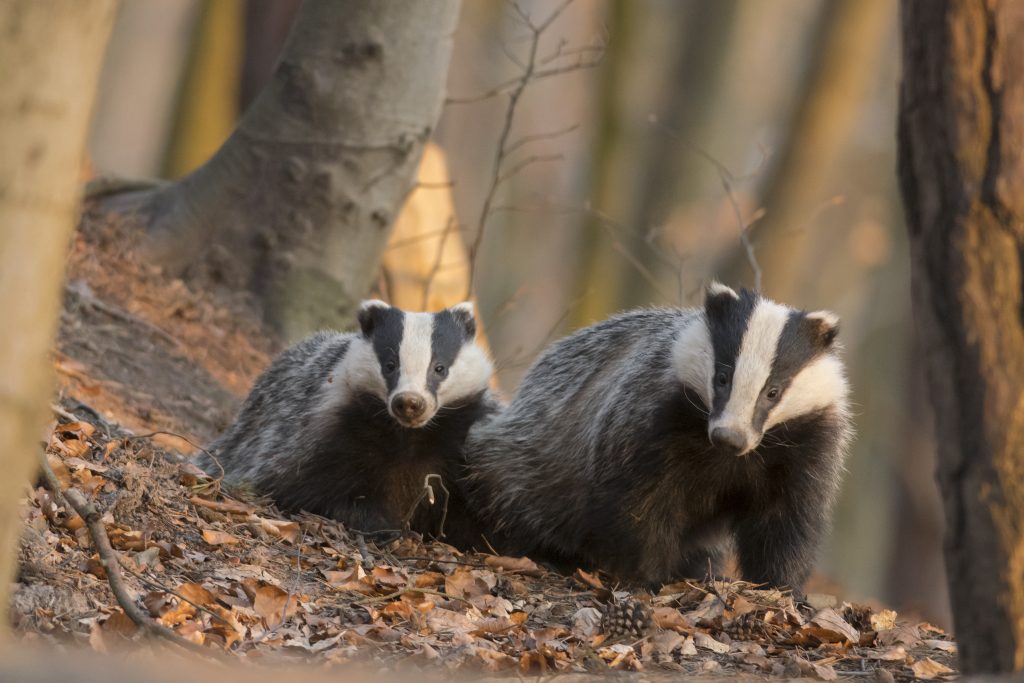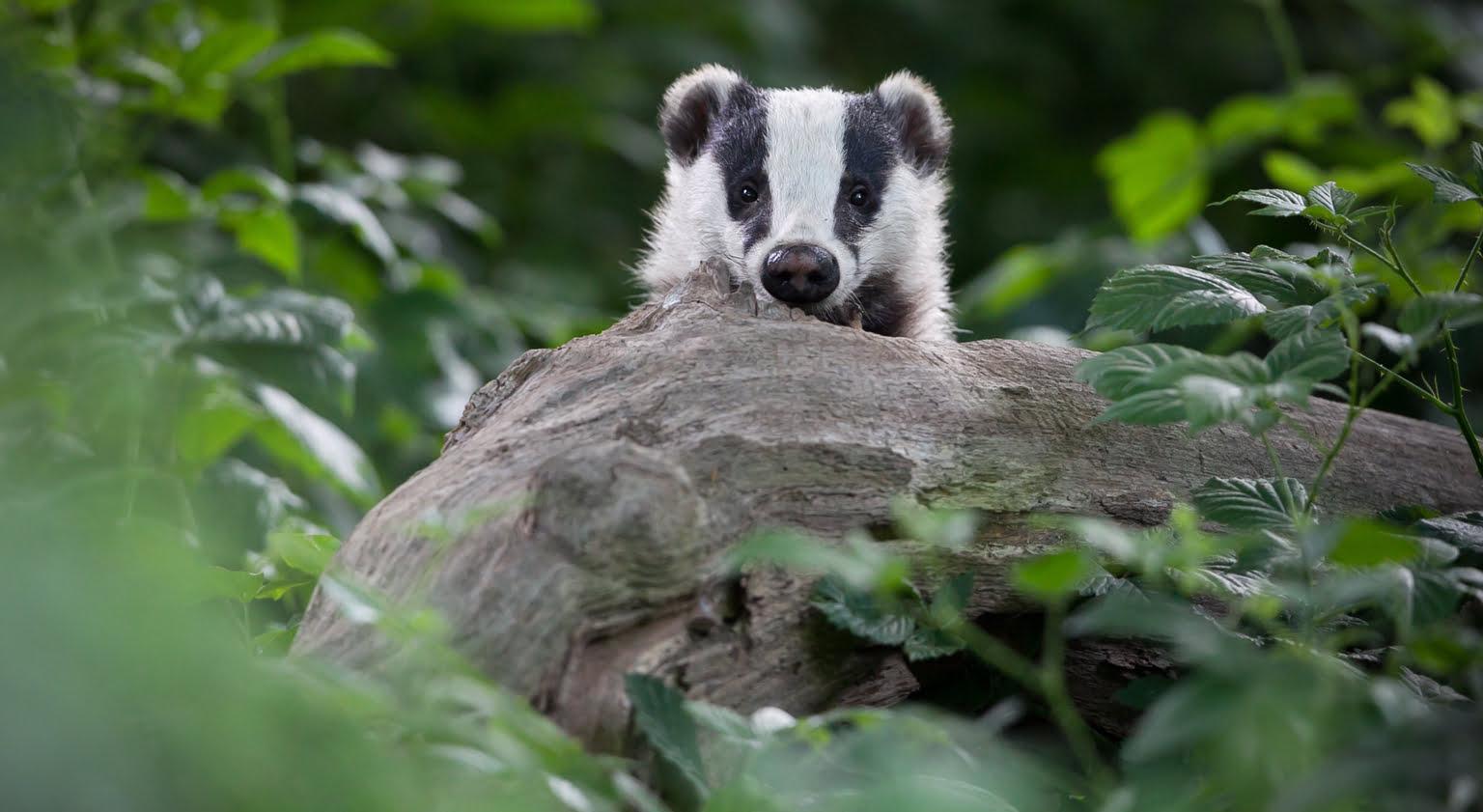BROCKTOBER – IT’S ALL ABOUT BADGERS
Today is National Badger Day (also part of what has become known as Brocktober, thanks to the Badger Trust and Scottish Badgers), so we thought we’d get on board with the organisation’s Space For Badgers campaign by sharing a few facts about the history and lifestyle of these beautiful, protected creatures, and how their presence can impact on a proposed development.
Members of the mustelid family (which includes pine martens, otters, polecats, ferrets and the wolverine), the European badgers range extends from Britain, across Europe and to the middle east. The earliest traces of badgers in Britain have been dated back to three quarters to half a million years ago, according to a study by Yates (1999), meaning badgers once co-existed with wolves, brown bears, arctic foxes and wolverines, all of which once roamed Britain.
These powerful animals live in underground setts, which vary from “outliers”, an occasionally used chamber which often has a single entranced tunnel, to vast, ancient underground complexes with multiple entrances. These larger main setts can extend from 20 to 100 metres or more, with some of the largest having more than 50 entrances. Setts can take many years to create and are passed down through generations – some setts can be more than 100 years old. These are the family homes, used, maintained and enlarged at will by generations of the same social group.

Due to the extreme levels of persecution they face, badgers and their setts are protected under the Protection of Badgers Act 1992. Offences include intentionally or recklessly damaging, destroying or obstructing access to a badger sett or causing any disturbance within 30 metres of it.
Should surveys on land earmarked for development highlight the presence of badgers, an ecologist will initially determine the type of badger sett concerned and whether the sett is currently in use (even if the sett isn’t occupied, if there are signs of badgers at the sett entrance, the sett remains protected).
Badger surveys can be undertaken all year round. However, where possible, surveys should be carried out during winter/early spring, when dense vegetation has died back. The presence of dense vegetation can sometimes make survey difficult during the summer months.
Once badger surveys have been undertaken, the ecologist will be able to determine how any identified badger setts would be impacted by a proposed development. In some instances, badger setts can be left in situ and protected from disturbance throughout construction with the creation of 30-metre buffer areas. Additional mitigation can include planting of trees and shrubs to provide shelter and compensatory foraging habitat, and creation of unlit green corridors to maintain habitat connectivity to existing foraging areas.
If a sett needs closing, a Badger Licence is required, and an artificial sett may need to be created. If this is necessary, the artificial sett must be in place prior to the original sett being closed. Badgers are excluded from setts between July and November with the use of one-way gates installed at the entrances of the sett so that badgers can leave but not return. Monitoring checks must be a carried out frequently over a three-week period following the sett closure, with the process starting again should badgers have dug back into the original sett. Once the badger sett has been confirmed as empty beyond a 21-day period, it can be removed.
For further details on badger mitigation and protection, contact our Environment team.
To find out more about Space For Badgers and how to get involved, visit https://www.badgertrust.org.uk/space-for-badgers.
Featured image: iStock/DamianKuzdak
